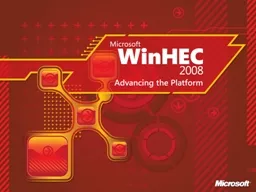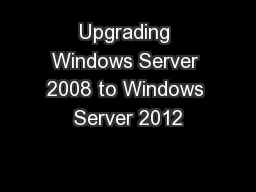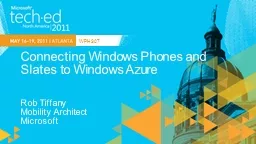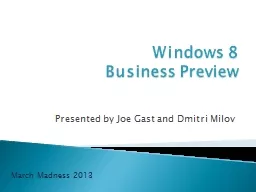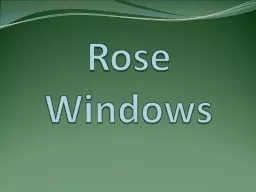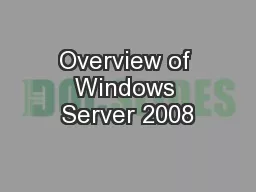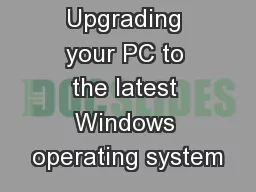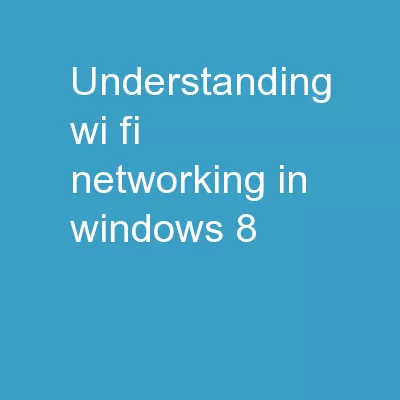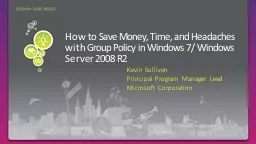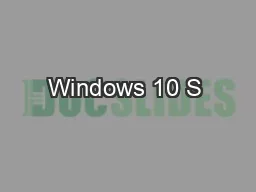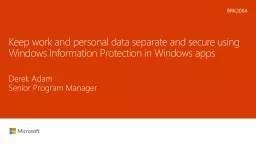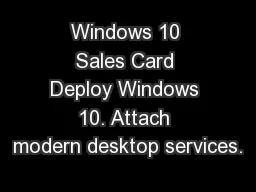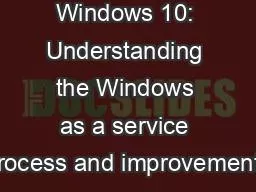PPT-Windows 7 Power Management Overview
Author : test | Published Date : 2016-03-09
Pat Stemen Senior Program Manager Microsoft Corporation The Power of WinHEC 2008 CORT540 Windows 7 Power Management Overview Now MBLT541 Improving Platform Energy
Presentation Embed Code
Download Presentation
Download Presentation The PPT/PDF document "Windows 7 Power Management Overview" is the property of its rightful owner. Permission is granted to download and print the materials on this website for personal, non-commercial use only, and to display it on your personal computer provided you do not modify the materials and that you retain all copyright notices contained in the materials. By downloading content from our website, you accept the terms of this agreement.
Windows 7 Power Management Overview: Transcript
Download Rules Of Document
"Windows 7 Power Management Overview"The content belongs to its owner. You may download and print it for personal use, without modification, and keep all copyright notices. By downloading, you agree to these terms.
Related Documents

